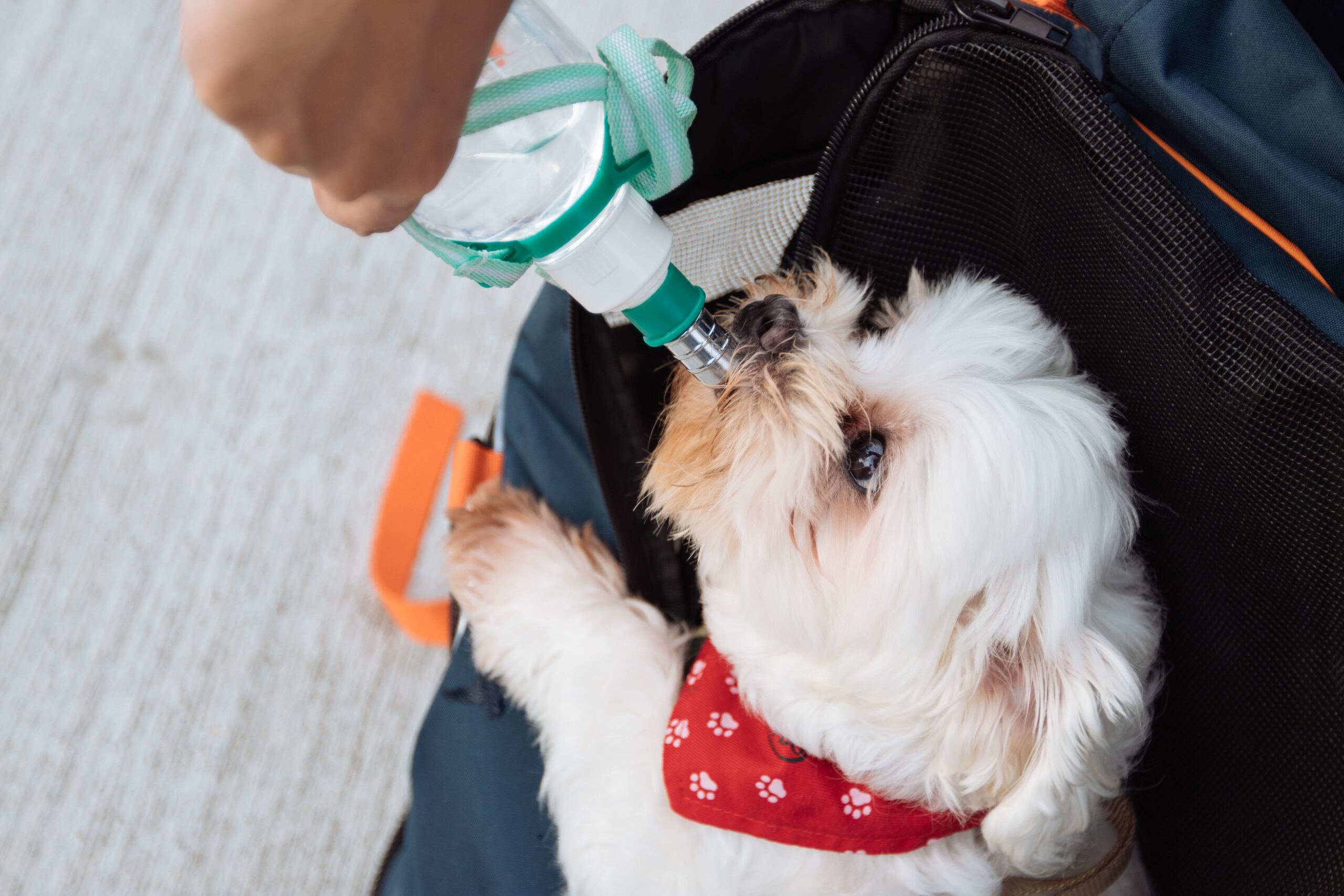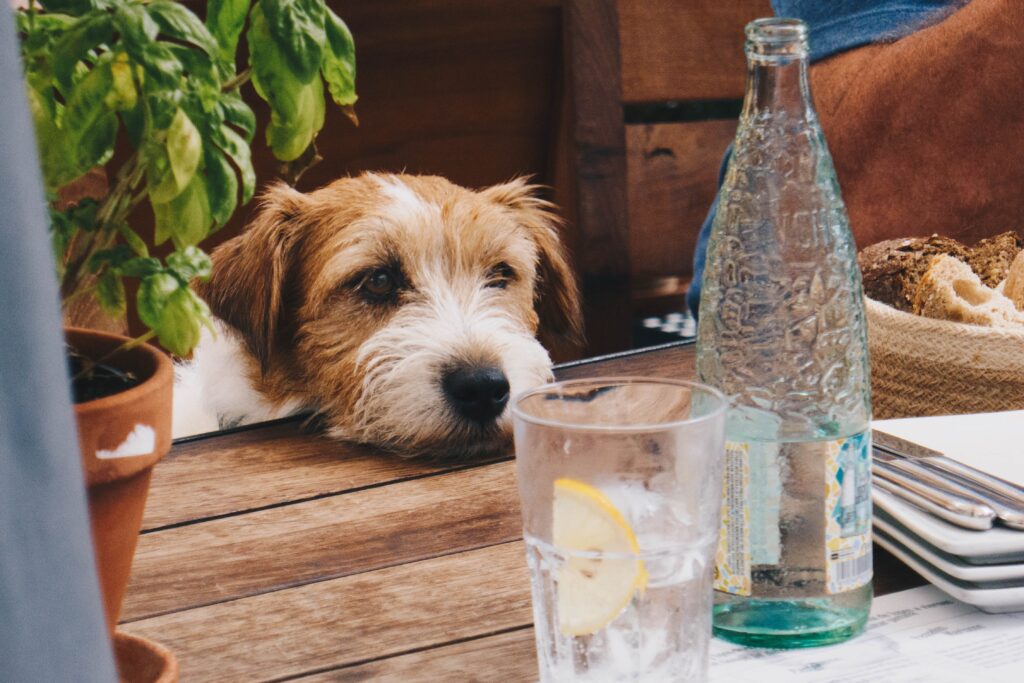
Signs of Dehydration in Dogs and Cats
Do your favorite felines have their own hydration station? Does your best pooch have easy access to fresh clean water at all times? If not, they should! Just like us, cats and dogs are made up primarily of water. Virtually every system in the body relies on proper hydration to function and maintain health.
Dehydration can be classified as mild, moderate or severe. Mildly dehydrated dogs and cats will have minor symptoms, if the situation is not addressed it can progress quickly to life threatening illness.
Older dogs and cats, puppies and kittens and toy dog breeds are more prone to becoming dehydrated. Diabetics, dogs with Cushing’’s disease and hyperthyroid cats are also at an increased risk.
Early detection of dehydration is the key to preventing serious illness. In order to recognize that your cat or dog is dehydrated you need to be familiar with the signs.

Lethargy, weakness, loss of appetite, tacky dull gums, sunken eyes, vomiting and decreased skin turgor (described below) are signs of dehydration shared by cats and dogs.
Signs specific to the dog are a dry nose, panting, thick saliva and diarrhea. Signs specific to the cat include constipation and a pinched face.
If your pet is looking less than perky and you’re worried he or she may be dehydrated take a closer look!
Lift up their lip and check their gums. They should be pink and wet. Tacky gums are an early sign of dehydration, progressing to dry as the dehydration worsens.
Next check your pet’s skin turgor. Skin turgor evaluates the elasticity of the skin which decreases with dehydration. Gently pull up or “tent” the skin of the nape of the neck. The skin should spring back quickly. If it goes back slowly it is a sign of moderate dehydration. If it remains “tented” that is a sign of severe dehydration. Be aware that as cats age their skin turgor decreases.
Look at their eyes next. When moderately dehydrated the tissue behind the eye shrinks. This causes the eyeball to fall back, giving a sunken appearance. Similarly some dehydrated cats whole faces seem to draw or “pinch” in.
When dehydrated a dog’s nose will be drier than usual. It’s good to get to know your dog’s “normal nose”! It tends to vary from dog to dog.
Dehydration can be the main problem or the result of underlying disease. If your pet appears to be dehydrated you should consult your veterinarian.
It is our responsibility to do what we can to keep our pets healthy. Fresh clean water should always be available to them. In multiple pet households you should supply multiple bowls and make sure each critter is getting their fair share.

It is believed that many cats live in a chronic state of mild dehydration. The domestic cat has some desert lineage. Wild cats who live in arid climates get a lot of their water from the prey they eat. It is theorized that because of this the domestic cat does not have a strong thirst drive.
Because chronic dehydration can lead to kidney disease and in the male cat a blocked urethra, it is a good idea to make canned wet food part of your cat’s diet. Also, cats will benefit from a Hydration Station! Pick a cozy spot where they feel safe. It needs to be big enough that they can lounge around their water bowl. And they have to like their bowl. Some cats like glass, some prefer metal. Some cats like small bowls, some won’t drink if their whiskers touch the sides of the bowl. Commercial cat fountains are available because some kitties only like running water.